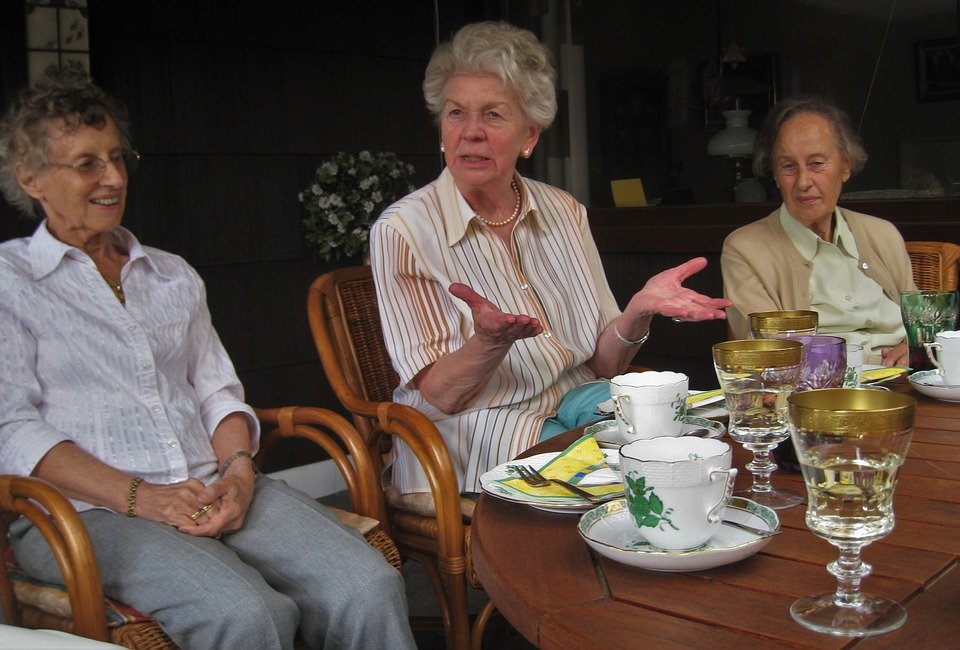The next twenty years will see America's 65+ year old population surge from 48 million to 79 million, raising big questions about our country's ability to house everyone. Worryingly, the availability and affordability of housing to meet this blooming population is inadequate, according to a recent Harvard Joint Center for Housing Studies report.

The Harvard report found that just 3.5 percent of existing homes today follow the three key elements of "universal design", which includes zero-step entrances, single-floor living, and wide halls and doorways. Moreover, some 6.4 million low-income renters will need to spend more than 30 percent of their income on housing by 2035.
The problem is exacerbated by the fact that home builders are not doing enough to meet the future needs of senior citizens, instead remaining focused on higher-end homes.
“The Harvard study was a scary forecast,” said Lukas Krause, CEO of Real Property Management, the largest property management franchise in the nation. “The senior sector will be one of the hardest hit for affordability. The most important thing we can do is find affordable housing for older Americans and contemplate layout and design to accommodate the older population.”
In future, more homes will need to be tailored to older adults. For example, homes likely will need to be retrofitted as single-floor living with a master suite, wider doorways to accommodate wheelchairs, and walk-in showers with grab bars.
Retrofitting needs to extend to the multifamily sector too. Landlord and property owners have not yet largely embraced retrofitting apartments to accommodate older Americans, Krause says.
“As the older population grows, economic factors will change and it will be more attractive to build more versatile homes,” he said.
Also, expect some changes in the way people live as the older population grows. For example, cohabitation and shared housing may grow in popularity as affordability concerns brew. And, we can also expect to see growth in mother-in-law suites in single-family residences, as well as grandparents living with their families like previous generations once did, Krause said.